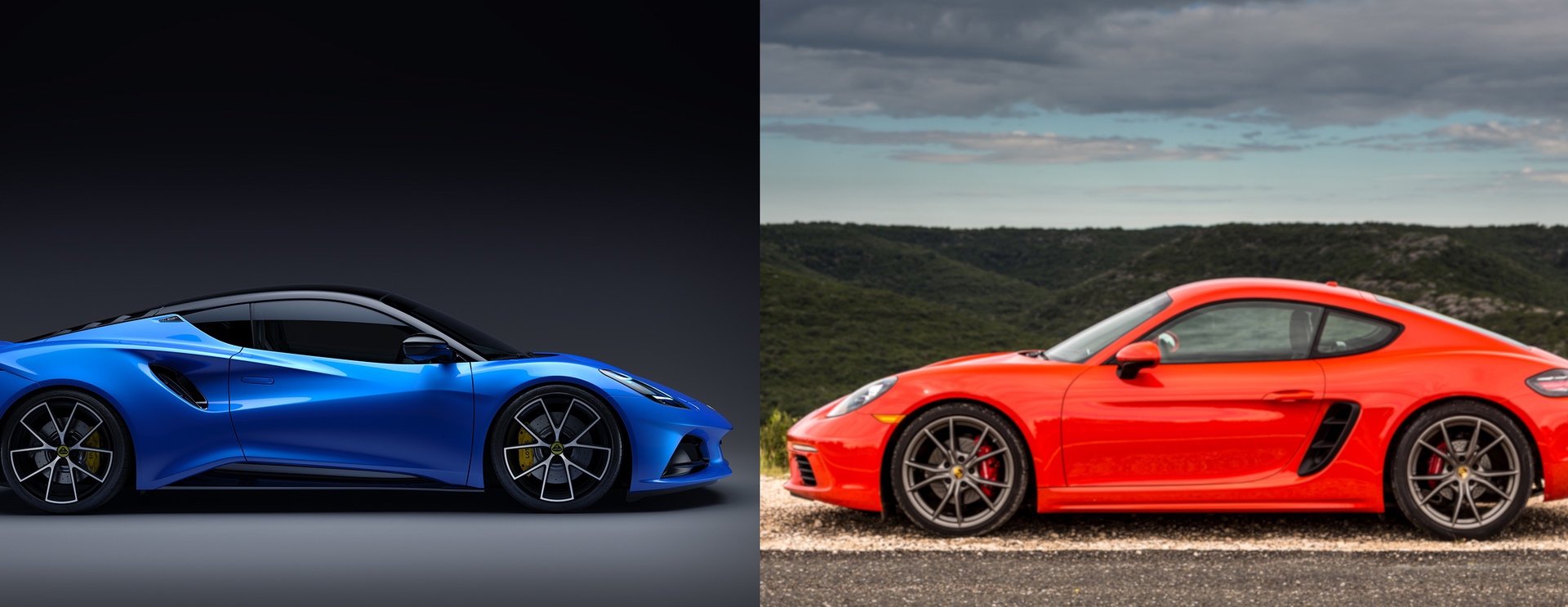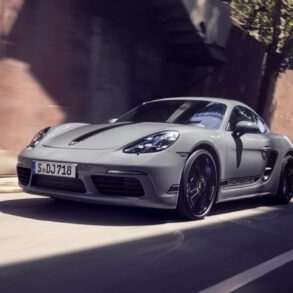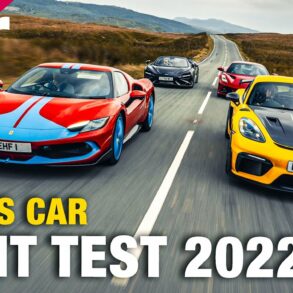For a long time, the Porsche 718 Cayman has been the undeniable king of the hill in the middleweight sports coupe field. It has won multiple car of the year awards in its lifetime, and continues to be refined year to year in a typical clockwork German fashion. If something that is perfect can be made more perfect, those engineering masterminds at Stuttgart will make it more perfect.
However, a new challenger has emerged, looking to get into the ring with the 718 Cayman and give it a good bout. The 2023 Emira is the last Lotus that will carry an internal combustion engine, and as a send-off for the multiple Elises, Exiges, and Evoras that came before it, the British boffins from Norfolk have made it their masterpiece.
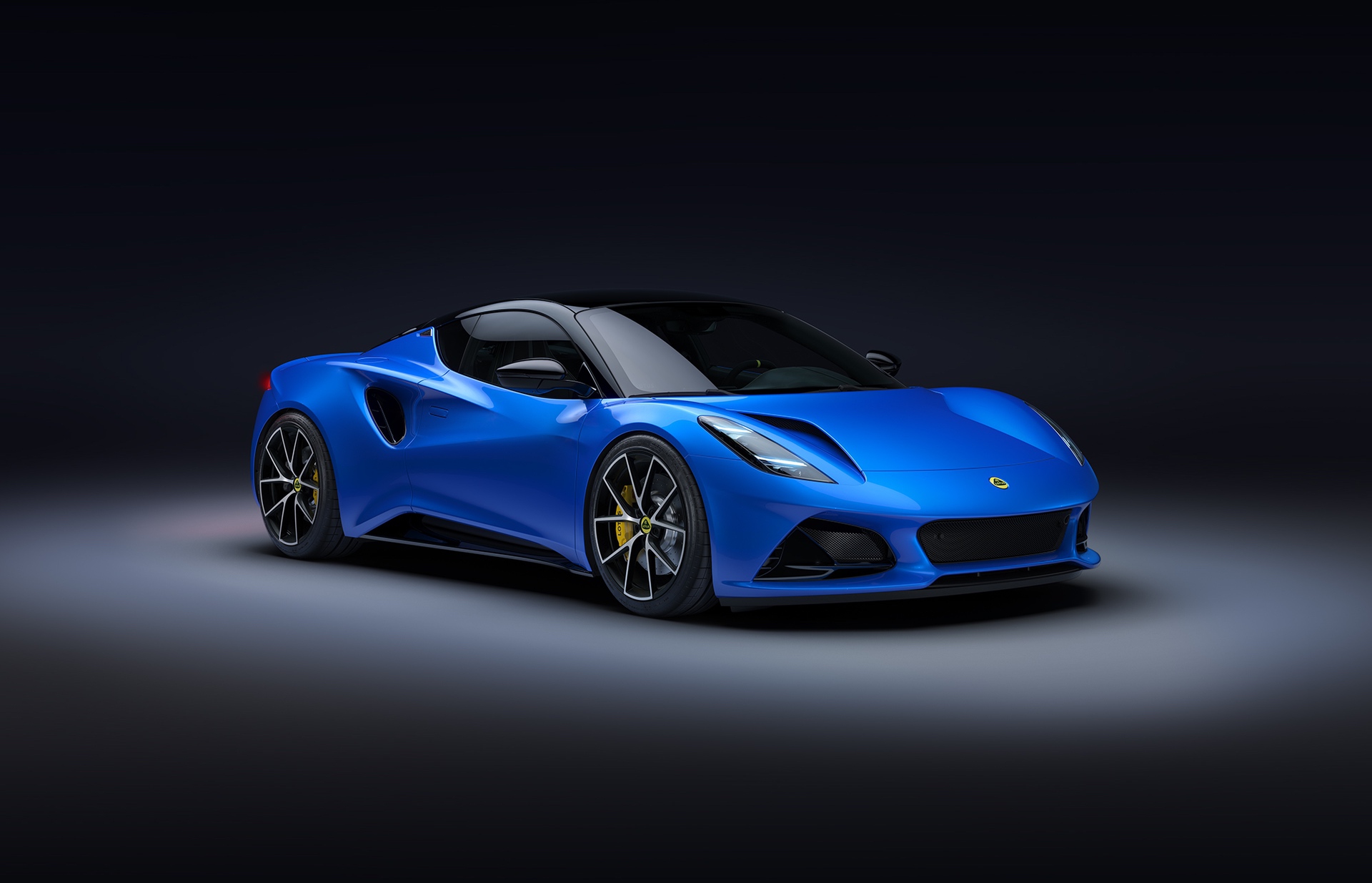
The question of which of the two is the better car must be asked. Should the 718 Cayman be worried about its status as #1?
To keep the comparison fair, the cars we will use will be a base-spec Emira (non-First Edition) with the inline-four turbo engine slated to be available in 2023, and a 2022 718 Cayman S with the flat-four turbo. Both are forced induction, both generate about the same power, and both have an MSRP of roughly $75,000.
Head-To-Head: The Specs
With any sports car, the three most important specs to compare first are the engine, the wet weight, and the dynamics (aka handling figures). Since we’re basing this on the paper specs for each car, keep in mind that this is about as objective as we can be.
In terms of engines, the Lotus Emira uses a 2.0L Mercedes M139 turbo inline-four, producing 360 HP and an estimated 320 lbs-ft of torque. The 718 Cayman S brings a 2.5L turbo flat-four to the competition, with 350 HP and 309 lbs-ft of torque. By pure numbers alone, the Emira wins the engine round, but only by a tiny margin.
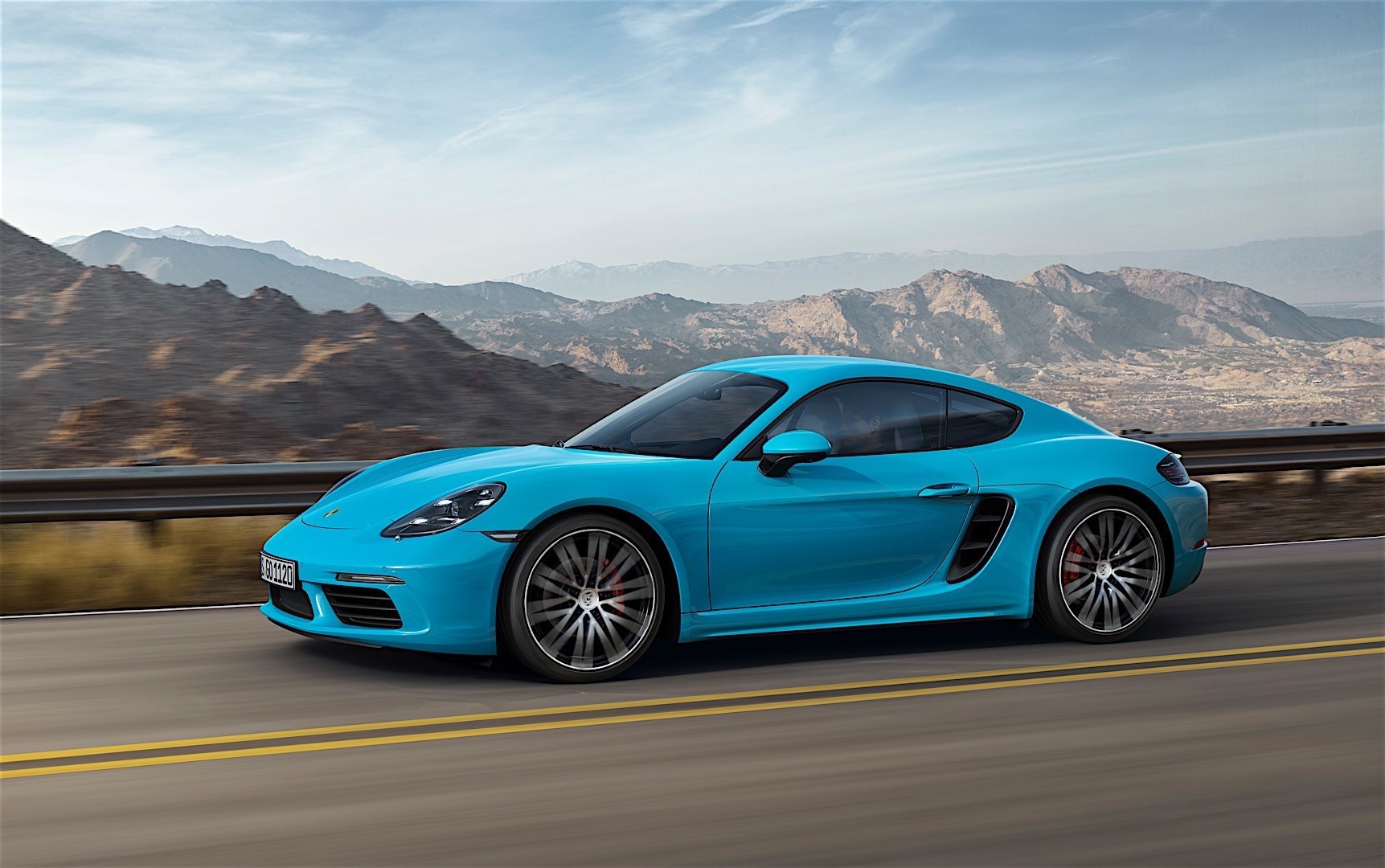
Another important thing about the two cars that should be mentioned is that both of the cars will come with a dual-clutch transmission, while the Cayman can also be had as a manual transmission. To keep things fair, we will compare the dual-clutch versions, with the DCT in the Emira and the PDK in the Cayman S. This is important as it makes the cars almost dead on equal in weight, with the Cayman S at 3,150 lbs wet and the Emira at 3,152 lbs wet.
Now that we know what the cars are carrying for power and how much they weigh, it’s time to talk about the most important thing with sports cars: the dynamics.
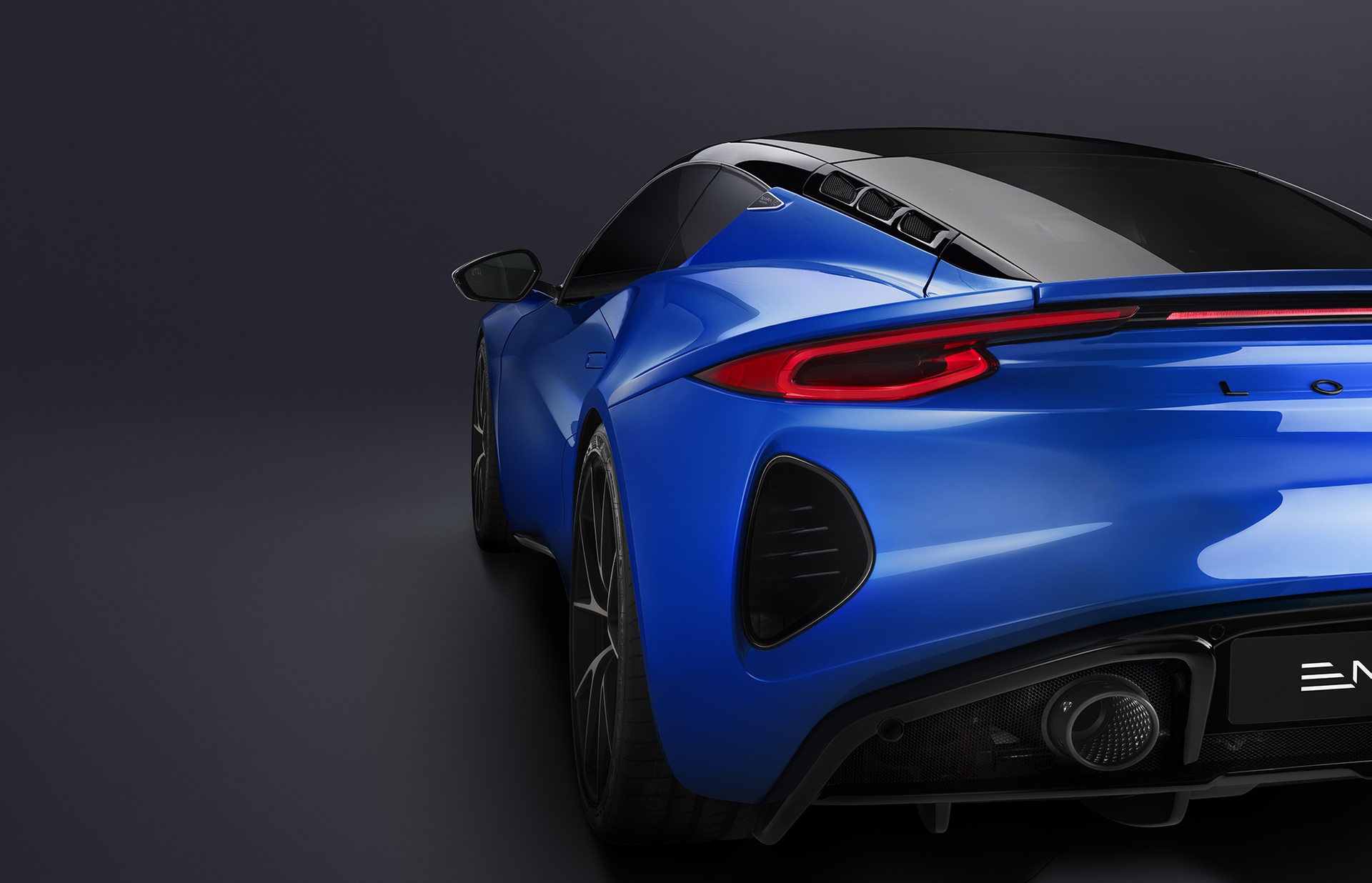
In the simplest test, the 0 to 60 MPH time, the Emira claims a time of 4.2 seconds, while the 718 Cayman S comes in at 4.4 seconds. This is definitely in the “near as makes no difference” range, but again, going on pure specs, the Emira is the slightly faster car.
One of the things that Lotus is famous for, to the point that the entire company is literally built on it, is handling. It’s why every sports car that they have made has had a super-stiff bonded aluminum chassis, with lightweight aluminum or fiberglass body panels, with some of the Exige models even using some carbon fiber. It is in the mission statement, and the very famous quote by company founder Colin Chapman: “Simplify, and add lightness.”
This is where things are also a little bit more difficult to compare, as the 718 Cayman S has a known skidpad rating of 1.02 G of lateral force before it starts to break traction. No official stats have been publicly released by Lotus yet. Still, if we take the Top Gear test drive of the validation prototype, which is basically at 9.9/10 production car spec, Ollie Marriage mentions that the car feels as nimble as the just discontinued Exige.
Considering that the Exige Sport 390 could, with good tires, pull 1.1 G on the skidpad, it would not be surprising if the Emira pulls 1.02 or better. Since we don’t have an actual number yet, this one goes to the Cayman S (until actual numbers emerge).
As it stands, the score is Emira two, Cayman S one.
Head-To-Head: Daily Drivers or Weekend Warriors?
Previous Lotus cars, including the “mild-mannered” Evora, have always communicated everything from the road to the driver. This is done through the use of hydraulic steering and some pretty stiff suspension, which in turn has had even the softest Lotus getting a “comfortable but firm” rating. The Emira will have two suspension options, the track-focused, ultra-stiff Sport option, and the road-focused-but-still-damned-stiff Touring option.
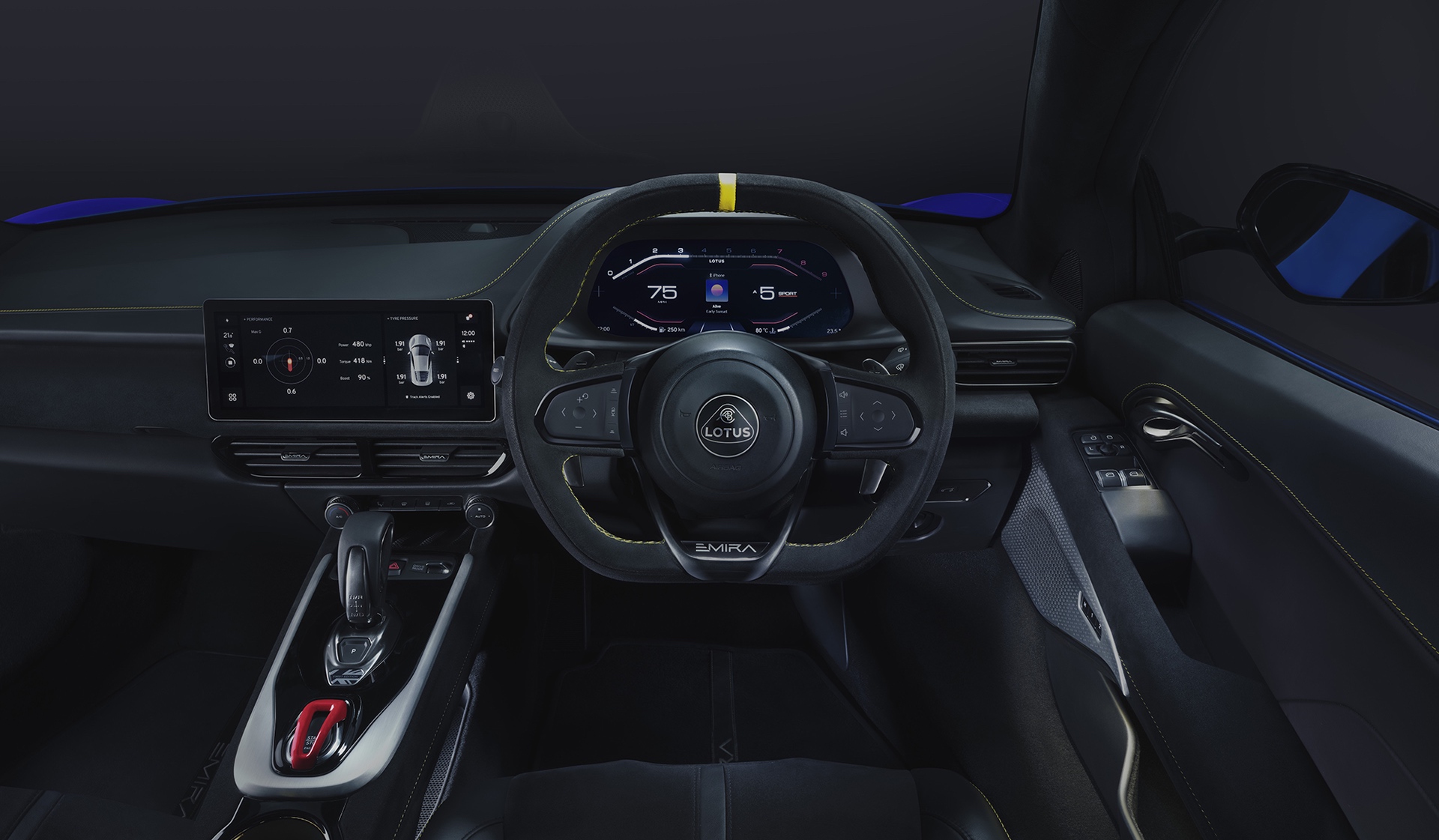
This, however, is where the 718 Cayman S claws back a lot of points. While the Emira, according to first test drives of the prototype by many a magazine/vlog, has one of the best rides in a Lotus to date, the entire point of the Cayman S is to emulate its big brother, the legendary Porsche 911, in terms of everyday usability. To that end, the Porsche has been through several refinements, part of that year-to-year tweaking Stuttgart does, and has the single-best ride quality of any middleweight sports car, bar none.
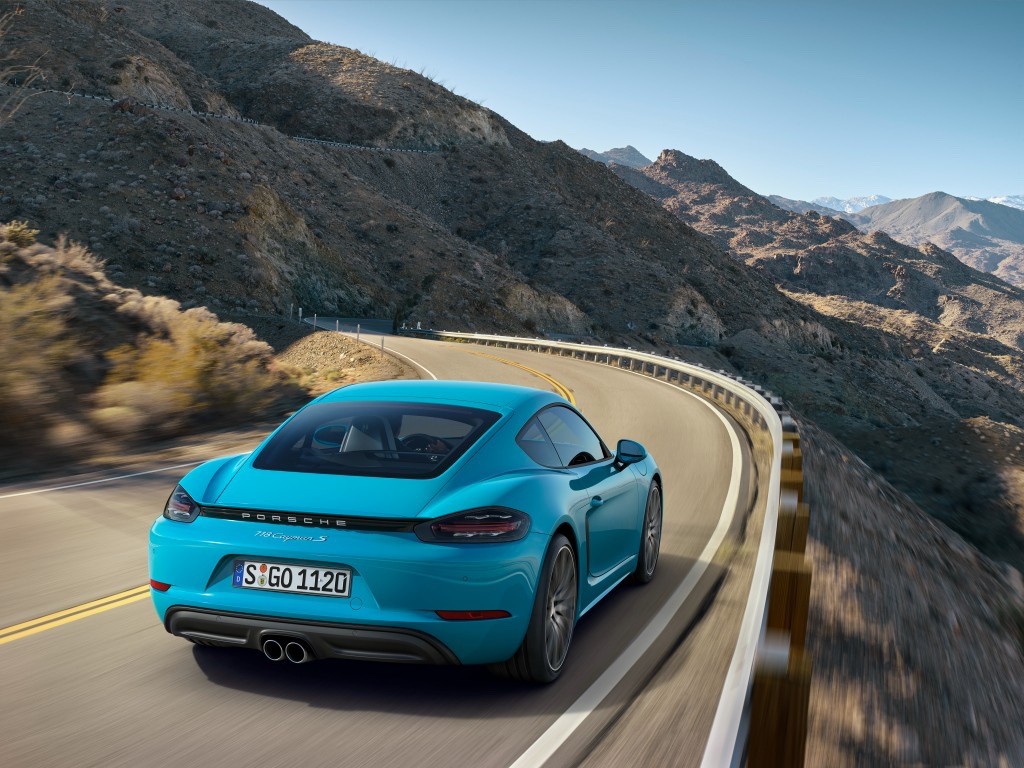
It’s firm but compliant, sporty yet comfortable, and if you suddenly load it up turning into a corner, it pushes back to keep the car flat and planted. It also absorbs the bumps and cracks on the roads at freeway speeds superbly, often getting reviewed as being surprisingly comfortable even on the roughest of roads.
What this means for the 718 Cayman S is that it is both a daily driver and with a push of the “Sport” button, it becomes a canyon carving machine for a fun Saturday drive. The Emira also has driving modes, but whereas Porsche’s modes adjust the engine response, suspension stiffness, traction control, and the like, the Lotus’ modes only change the engine response and traction control.
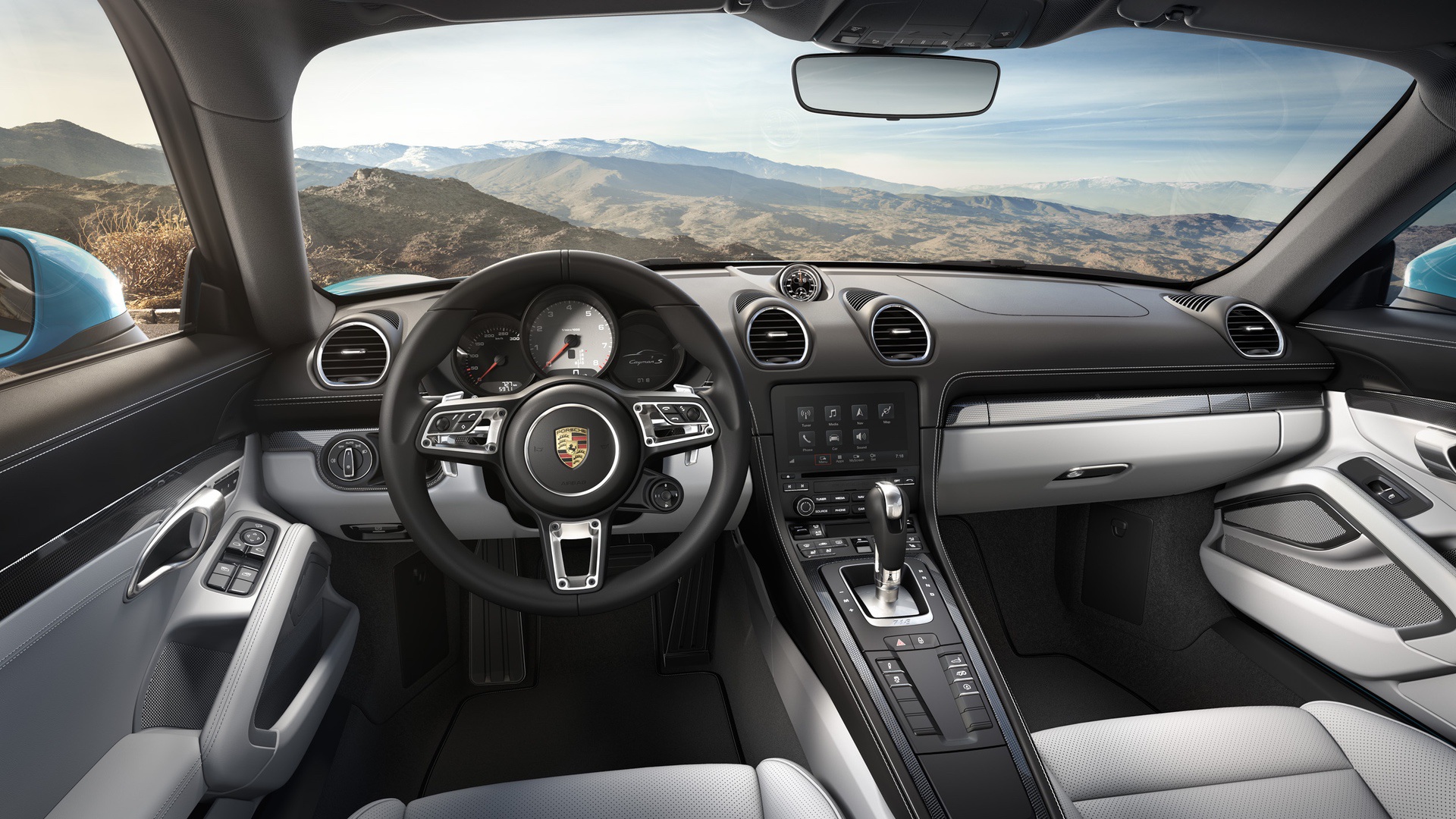
This means that once you’ve selected the suspension you’re getting with your Emira, that’s it. You are stuck with it, and the only way you can adjust it is to swap it out with the other suspension type, quite likely at great cost. By having the suspension tied to the driving mode in the Cayman S, it becomes much more of an all-around middleweight sports car and even a little bit of a sports tourer.
For this reason, as well as the fact that Cayman S also has the Sport Plus button for track day use should you wish to really test what it can do, the Porsche wins out in everyday comfort and useability.
Our Thoughts: The Porsche 718 vs. The 2023 Lotus Emira
The Lotus Emira, even from the first drive videos and written reviews starting to appear across the internet, is looking to be an epic car, a proper sendoff from the engineering boffins that have been perfecting handling for nearly 50 years. With the touring suspension option and the 2.0L turbo, it promises to also be capable of some pretty insane Saturdays running the twisties.
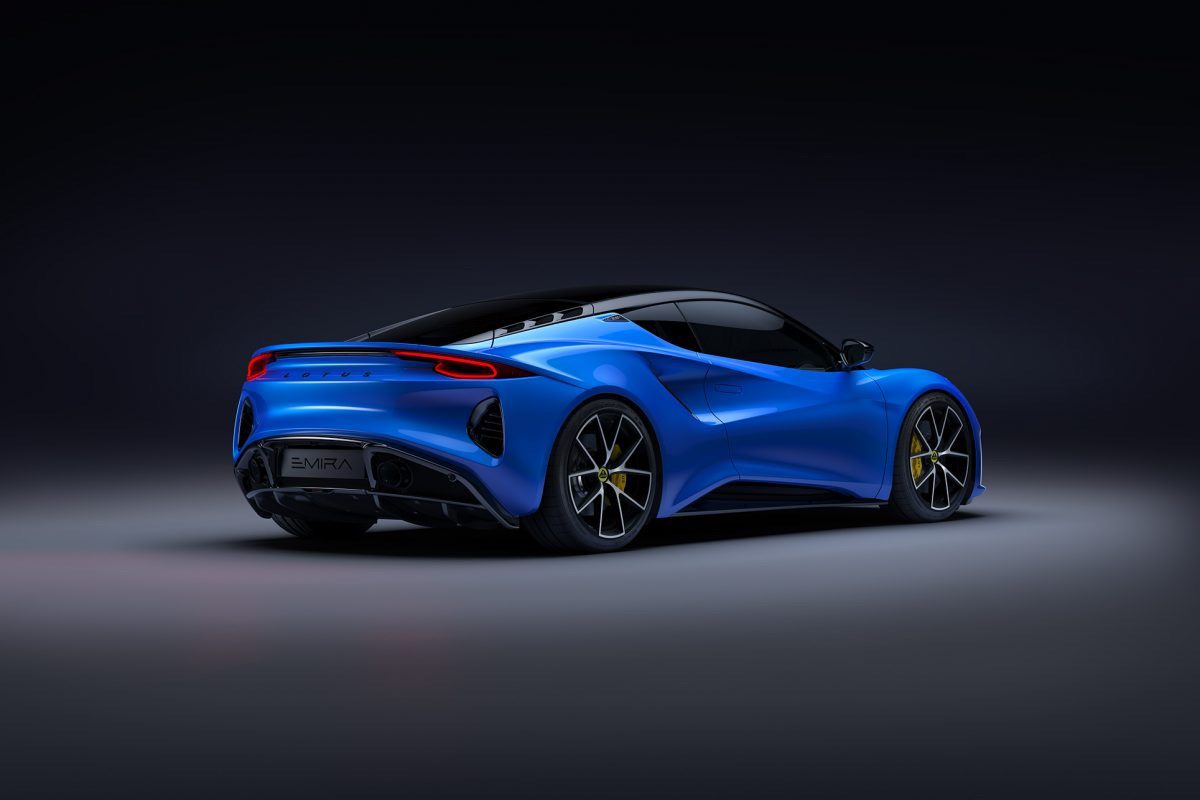
The issue is, though, that a middleweight sports car is not a supercar, and that’s where the Lotus falls just a little short of the 718 Cayman S. The Porsche can still corner like it’s on rails, and with some concentration and throttle modulation, you can kick out the rear end and get it wagging its tail around a corner, but the key difference here is that it can then be put back into regular driving mode and have a pleasant and comfortable drive home from the twisties.
The Lotus, as is the issue with most Lotus cars, focuses too much on the pure driving experience. Those first reviews are saying that the touring suspension is really quite good, but crucially, they almost all measure against the 718 series cars in comparison, and to a one, they’re all saying the same thing: The Lotus, while great, feels just that little bit more of a razor’s edge, and is a bit less adaptable to bumps and lumps. This is why for most of the late 1990s and the early 2000s, the BMW M3 was the king of sports coupes, as it too found the perfect balance of everyday comfort and thrilling handling.
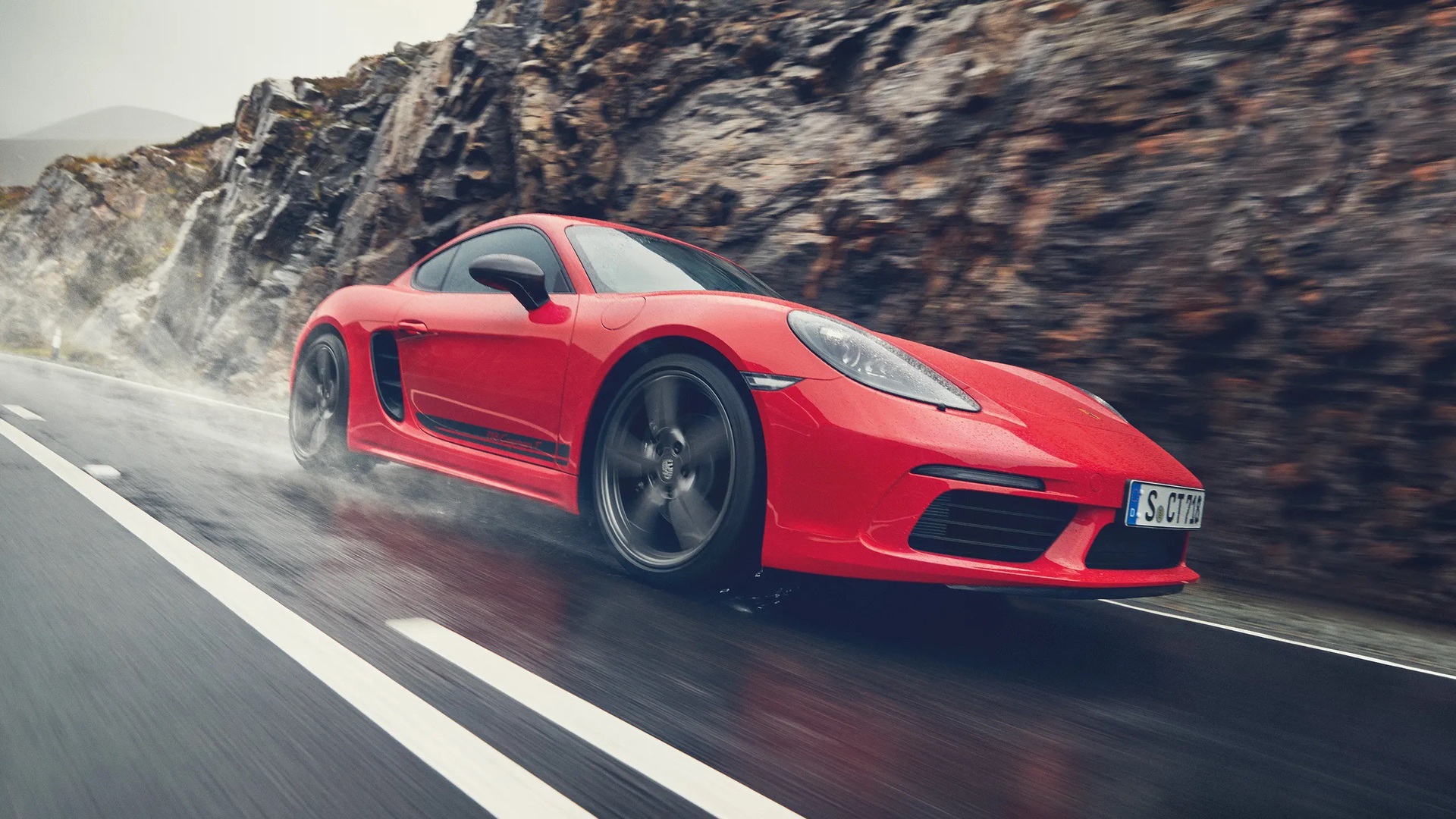
The scores from the sections above come to a tie, yet we can’t help but feel that the Porsche is the more mature drive. Both cars are ridiculously good corner-munching machines, but while the Emira is always set to attack the next corner, the Cayman S has the option to become a comfortable city runabout, and for that reason, we give it the win.
Bear in mind though, that while the Cayman is still number 1, the Emira is a very, very close second. Some drivers prefer the always-on, always-ready style of the Lotus, while others enjoy the adaptability of the Porsche. You really can’t go wrong with either one of them, depending on what you personally enjoy to drive.


